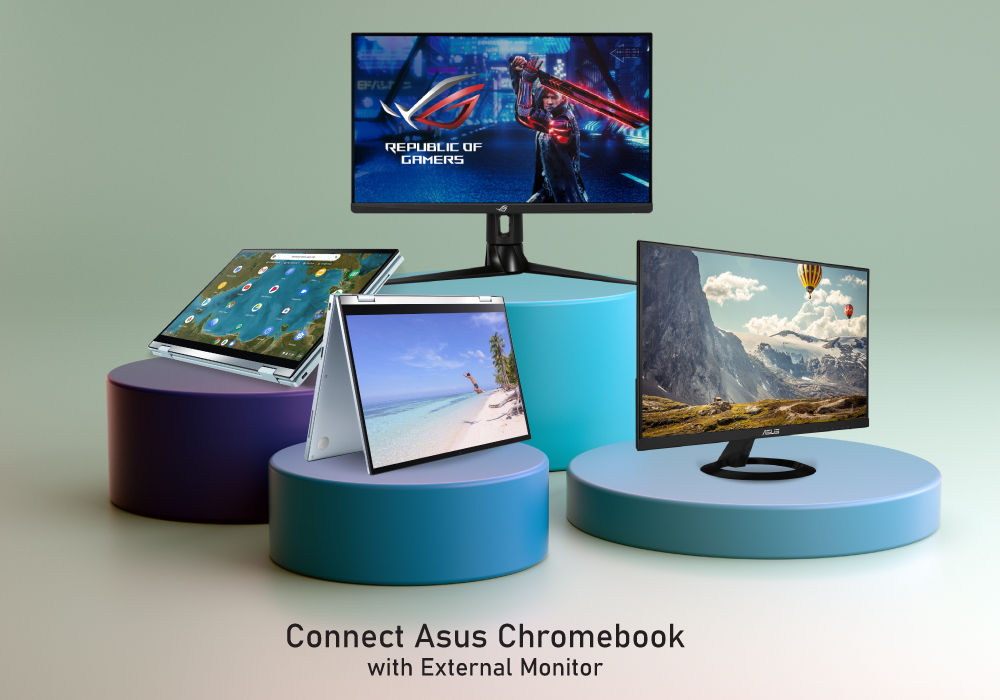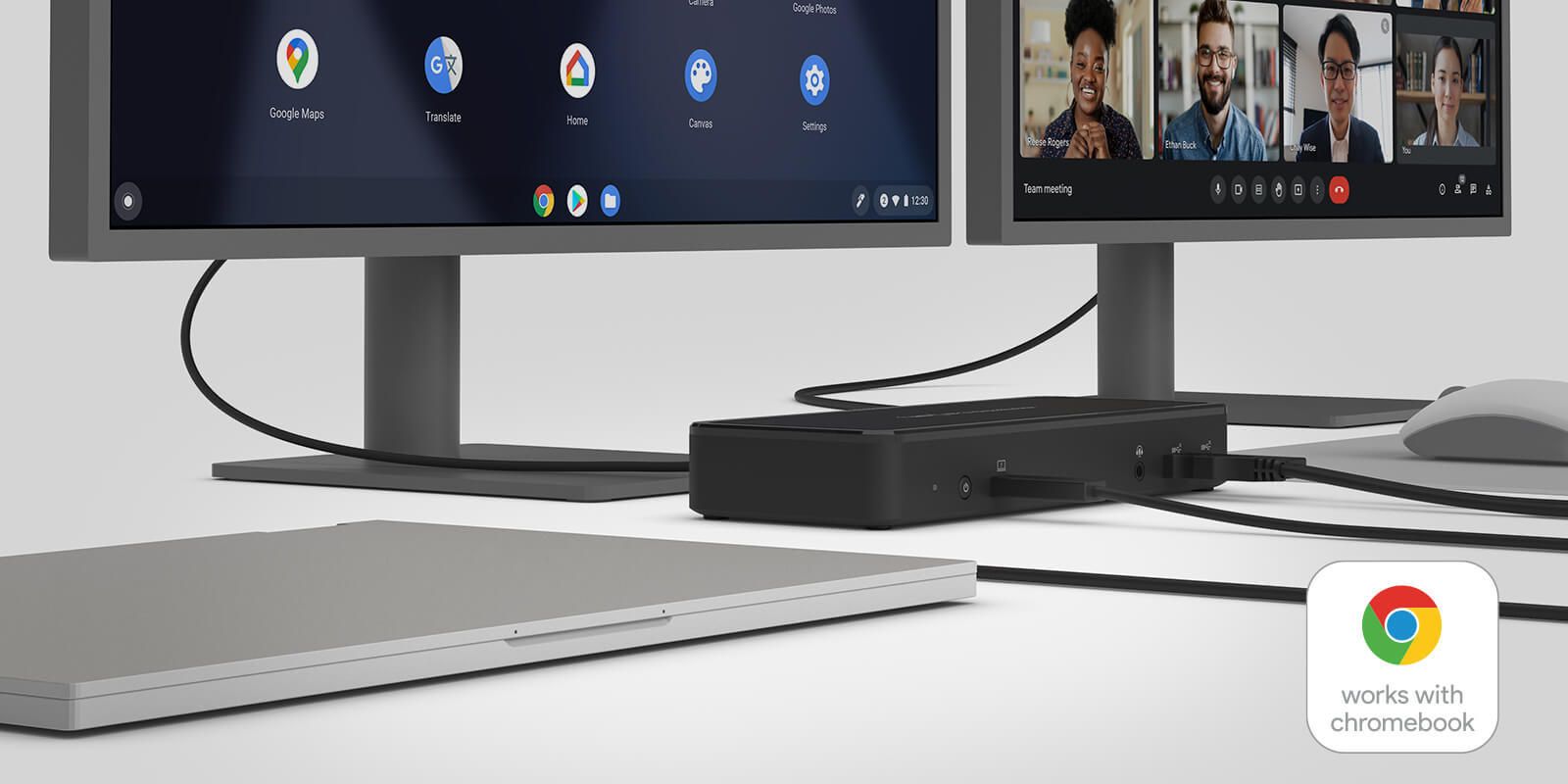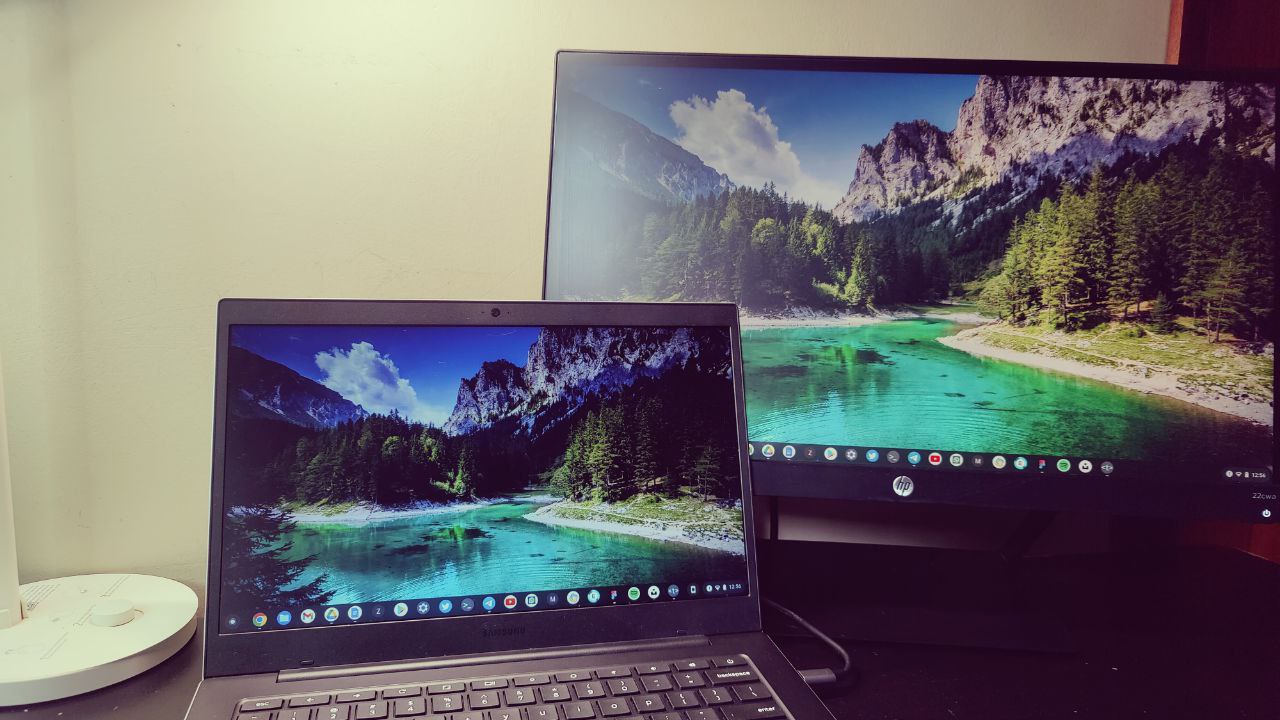How To Connect Chromebook To Monitor
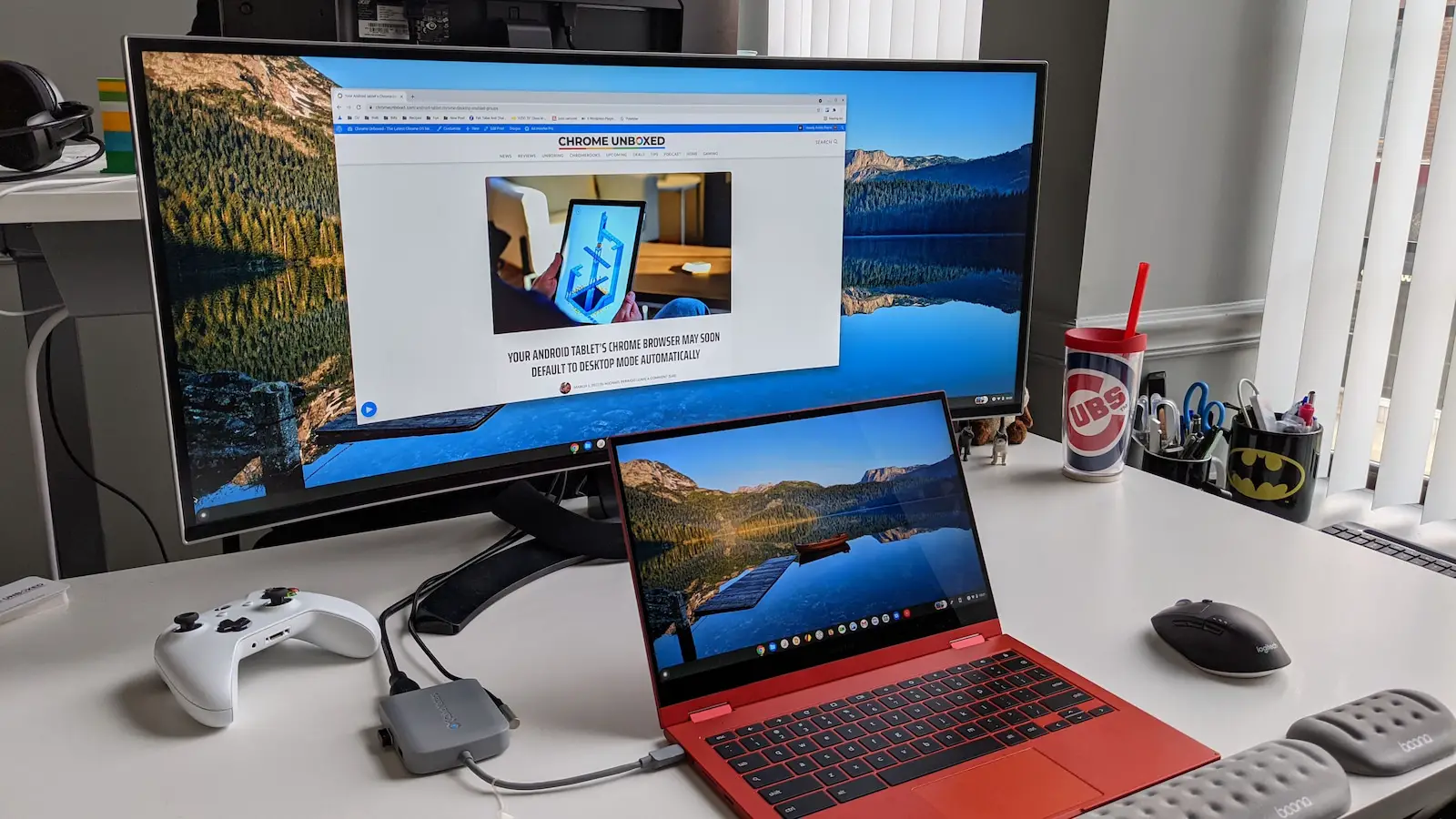
In today's increasingly digital world, the need to expand screen real estate is more pertinent than ever. Many Chromebook users find themselves seeking a larger display for enhanced productivity, multimedia consumption, or simply a more comfortable viewing experience. Connecting a Chromebook to an external monitor is a straightforward process, but understanding the nuances can save time and prevent frustration.
This article delves into the methods of connecting a Chromebook to a monitor, covering various connection types, troubleshooting common issues, and exploring advanced display settings. Whether you're a student, professional, or casual user, this guide will provide the knowledge needed to seamlessly extend your Chromebook's display.
Connection Options: Ports and Cables
Chromebooks offer several ports that can be used to connect to an external monitor. The most common are HDMI, USB-C (with DisplayPort Alt Mode), and occasionally, older Chromebooks may feature VGA ports. The best choice will depend on the available ports on both your Chromebook and your monitor.
HDMI Connection
HDMI is a widely adopted standard for transmitting both video and audio signals. This option offers a simple plug-and-play solution. Simply connect one end of the HDMI cable to your Chromebook's HDMI port and the other to your monitor.
Most modern monitors and Chromebooks support HDMI, making it a highly compatible option. Once connected, your Chromebook should automatically detect the display.
USB-C (DisplayPort Alt Mode)
Many newer Chromebooks feature USB-C ports that support DisplayPort Alternate Mode (DP Alt Mode). This allows the USB-C port to transmit video signals in addition to data and power. Using a USB-C to HDMI or USB-C to DisplayPort cable, you can easily connect to an external monitor.
This is a versatile option, especially as USB-C becomes increasingly prevalent. Some monitors may even support USB-C input directly, simplifying the connection further.
VGA Connection (Legacy)
While less common on newer devices, some older Chromebooks and monitors may still use VGA connections. VGA transmits analog video signals. An HDMI or USB-C connection is better than VGA connection.
If both your Chromebook and monitor only have VGA ports, use a VGA cable to connect them. Be aware that VGA does not transmit audio, so you will need a separate audio connection for sound.
Configuring Display Settings
Once the physical connection is established, you may need to adjust the display settings on your Chromebook. You can access these settings by clicking on the system tray (usually in the bottom-right corner) and selecting the settings icon. Then, navigate to 'Device' and select 'Displays'.
Display Arrangement
In the display settings, you can choose how the external monitor interacts with your Chromebook's screen. You can select 'Mirror Built-in Display' to duplicate the Chromebook's screen on the external monitor. Alternatively, you can choose to 'Join Displays' to extend your desktop across both screens.
Extended mode allows you to have different applications or windows open on each screen, increasing your workspace.
Resolution and Orientation
You can also adjust the resolution and orientation of each display. Ensure that the resolution is set to the recommended setting for your external monitor to achieve the sharpest image. If the image appears sideways, change the orientation.
Advanced Settings
Chromebooks also offer advanced display settings, such as overscan compensation and refresh rate adjustments. Overscan compensation is used to correct for issues where the image is cropped at the edges of the screen. Adjust the refresh rate.
Troubleshooting Common Issues
Occasionally, you might encounter issues when connecting a Chromebook to an external monitor. Here are a few common problems and their solutions.
No Signal Detected
If the monitor displays a 'No Signal' message, first check the cable connection. Ensure the cable is securely plugged into both the Chromebook and the monitor. Try using a different cable to rule out a faulty connection.
Confirm that the monitor is set to the correct input source (e.g., HDMI 1, HDMI 2, DisplayPort). Restarting your Chromebook can sometimes resolve connection issues.
Incorrect Resolution or Display Issues
If the image on the external monitor appears blurry or distorted, check the display settings and ensure that the resolution is set correctly. Experiment with different resolutions to find the optimal setting. If issues persists, you can powerwash your Chromebook.
Audio Issues
If you are not getting audio through the external monitor's speakers, check the audio output settings on your Chromebook. Select the appropriate output device (usually the external monitor) from the audio settings.
Future Trends
As technology evolves, expect to see more Chromebooks adopting advanced display technologies such as higher refresh rates and wider color gamuts. The integration of Thunderbolt ports, which offer even faster data transfer and display capabilities, is also likely to become more common on Chromebooks.
Wireless display technologies, such as Miracast and WiDi, could provide a cable-free alternative for connecting to external monitors in the future.
Connecting a Chromebook to an external monitor is a relatively simple process that can significantly enhance productivity and the overall user experience. By understanding the different connection options, display settings, and troubleshooting techniques, users can seamlessly extend their Chromebook's display and unlock its full potential.


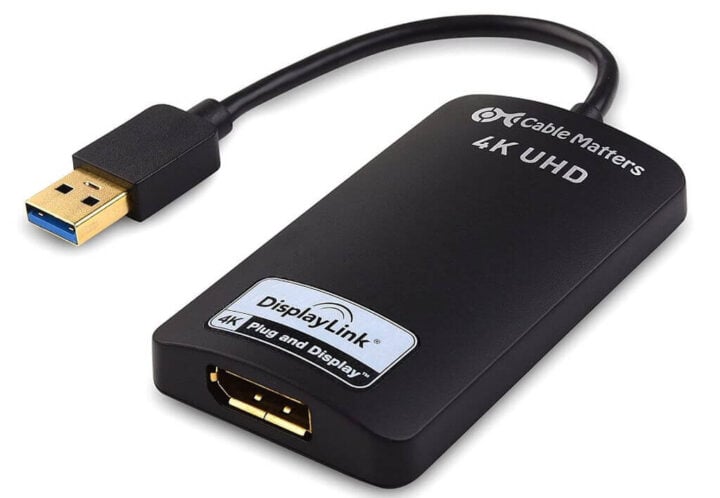

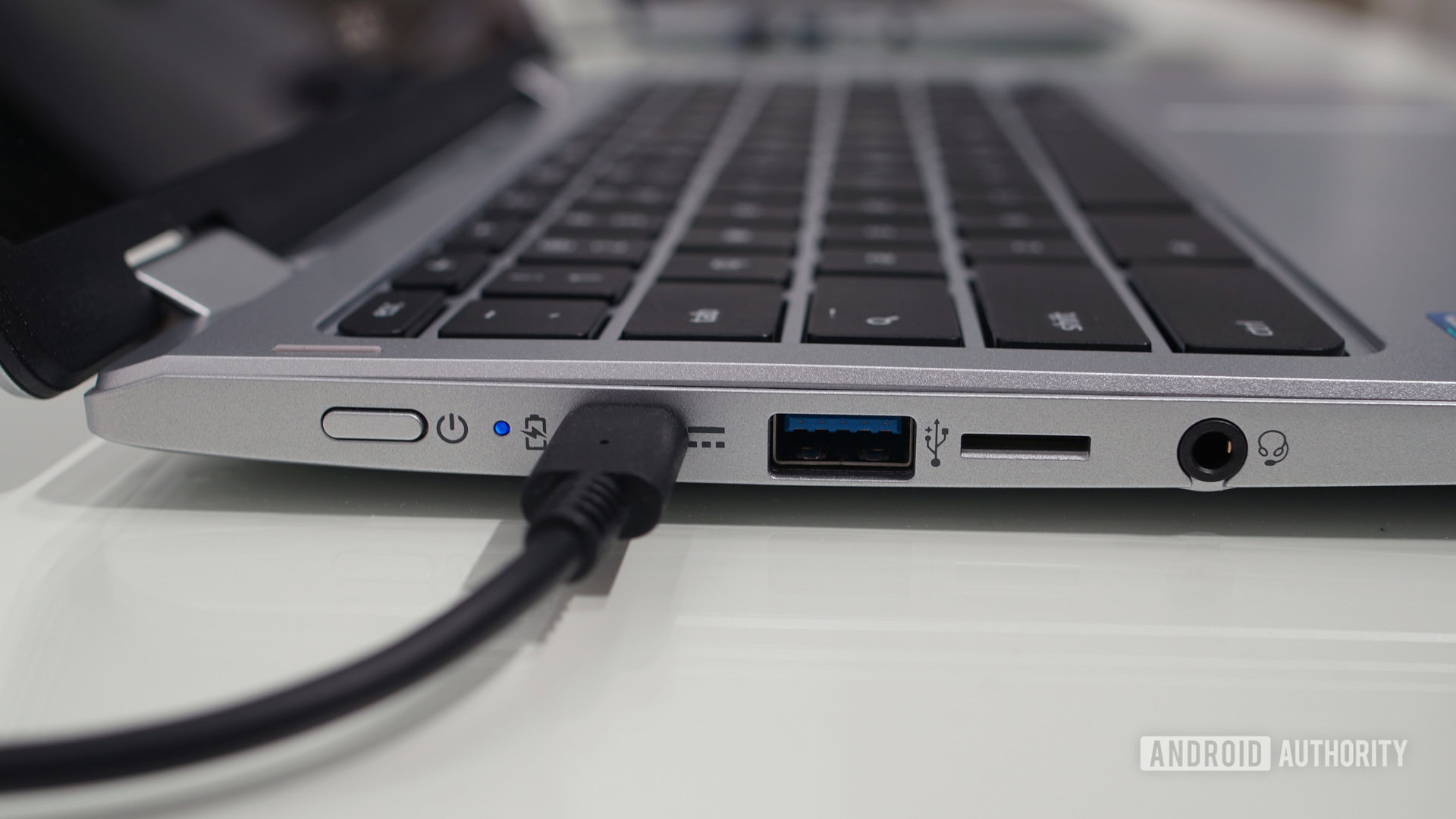
![How To Connect Chromebook To Monitor How to Use a Chromebook as a Monitor [ 5 Easiest Ways ] - Alvaro Trigo](https://alvarotrigo.com/blog/assets/imgs/2022-12-23/chromebook-monitor-hdmi.jpeg)
![How To Connect Chromebook To Monitor How to Connect Chromebook to Monitor or TV [3 Ways]](https://www.ytechb.com/wp-content/uploads/2023/08/How-to-Connect-Chromebook-to-Monitor-or-TV-1.webp)
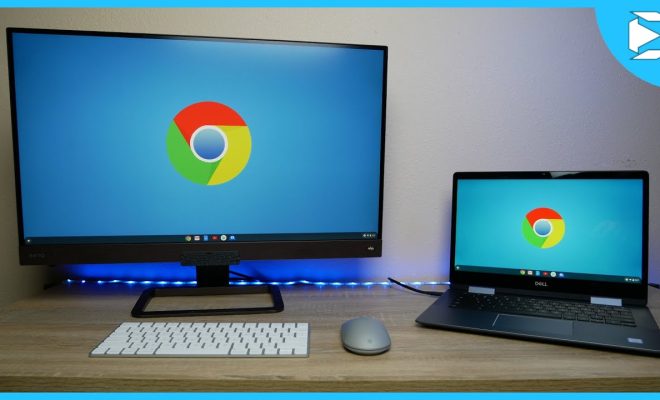
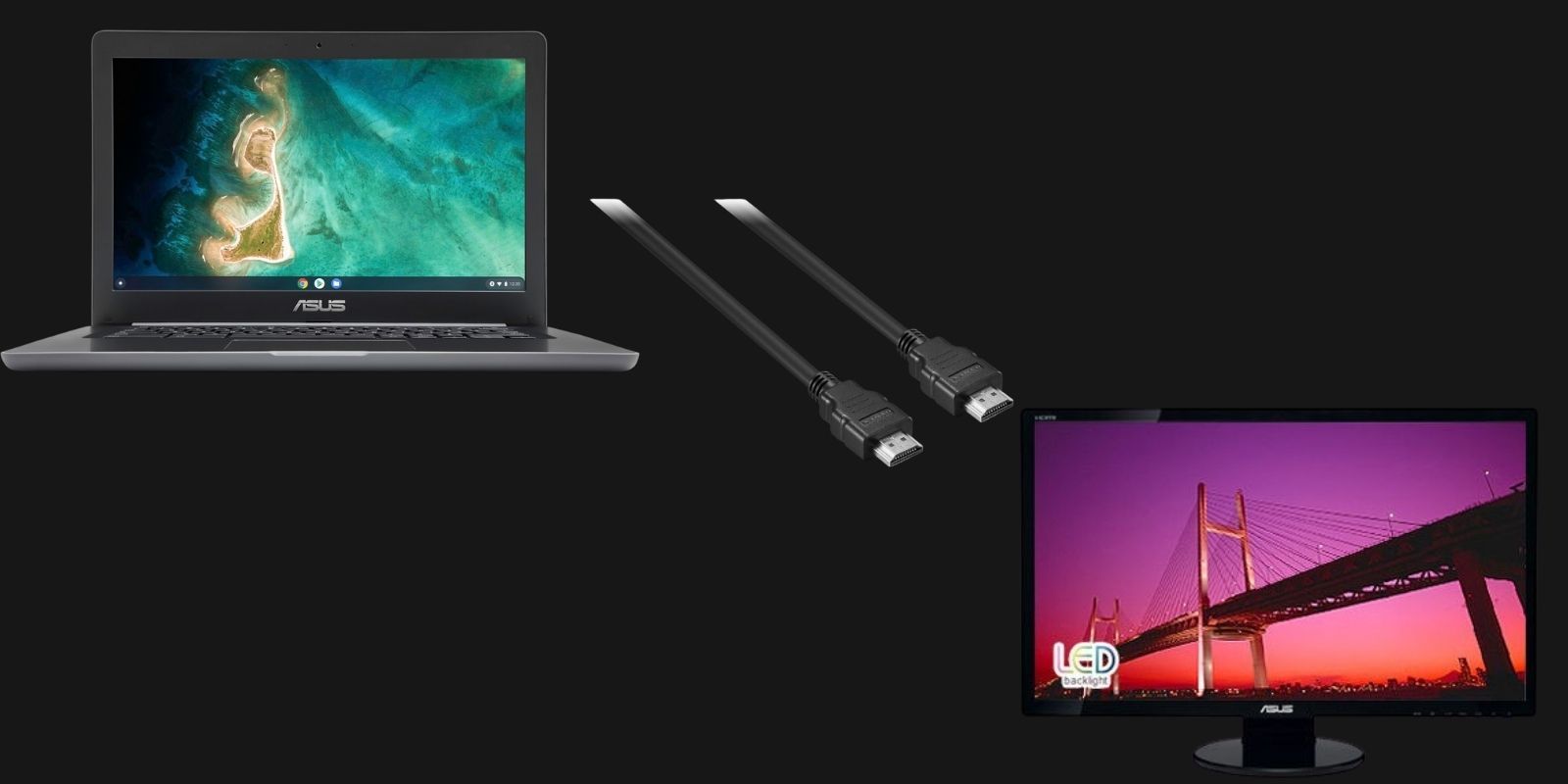
![How To Connect Chromebook To Monitor How to Connect Chromebook to Monitor or TV [3 Ways]](https://www.ytechb.com/wp-content/uploads/2023/08/How-to-Connect-Chromebook-to-Monitor-or-TV.webp)
